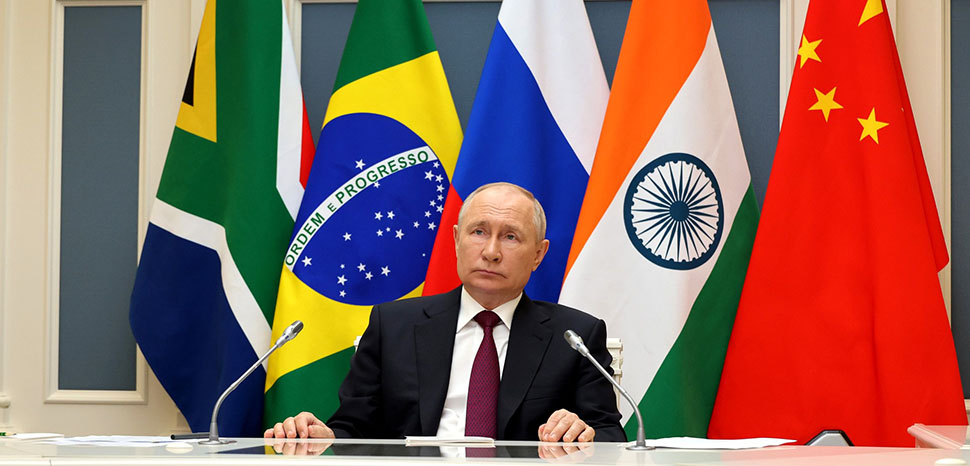What is BRICS?
BRICS is a coalition of five major emerging economies: Brazil, Russia, India, China, and South Africa. This group focuses on fostering economic cooperation, political coordination, and cultural exchange among its members. Established in 2006, BRICS has grown into a significant player on the global stage, advocating for reforms in international financial institutions.
The Vision and Mission of BRICS
The primary goal of BRICS is to promote peace, security, and sustainable development. These nations work together to achieve inclusive growth, addressing pressing global challenges like climate change and poverty. Through joint initiatives, BRICS countries aim to create a balanced world order, reducing reliance on Western-centric systems.
Key Achievements of BRICS
1. Formation of the New Development Bank (NDB):
The NDB, established in 2014, finances infrastructure and sustainable development projects in member countries. With a focus on renewable energy and innovation, the bank plays a pivotal role in advancing the BRICS agenda.
2. Enhanced Trade Relations:
BRICS nations have strengthened trade partnerships by reducing barriers and exploring new markets. Their combined GDP represents about 25% of the global economy, making their collaboration a driving force for growth.
3. Advocacy for Multilateralism:
BRICS emphasizes the importance of multilateralism in global governance. They actively push for reforms in institutions like the United Nations and the World Bank to ensure equitable representation.
BRICS Summits: Highlights and Outcomes
Annual BRICS summits serve as platforms to discuss pressing issues and strategize collective actions. Recent summits have focused on topics such as:
- Strengthening digital connectivity.
- Promoting innovation and technology.
- Addressing global health crises like the COVID-19 pandemic.
Challenges Faced by BRICS
Despite its successes, BRICS faces several challenges, including:
1. Divergent Economic Interests:
Member countries have varying priorities, which can hinder consensus on key issues. Balancing these interests remains a critical task.
2. Geopolitical Tensions:
Conflicts between members, such as border disputes, pose significant challenges to unity and cooperation.
3. Global Criticism:
Critics argue that BRICS has yet to fully deliver on its promises, pointing to limited tangible outcomes in certain areas.
The Future of BRICS
BRICS is poised to expand its influence by:
- Enhancing economic integration through initiatives like the BRICS Payment System.
- Strengthening ties with other emerging economies.
- Promoting sustainable development practices to combat climate change.
Why BRICS Matters on the Global Stage
BRICS represents a shift towards a multipolar world order. Its efforts to challenge traditional power structures highlight its relevance in shaping global policies. With a combined population of over 3 billion, BRICS nations wield significant cultural and economic power, making them key players in international relations.
Conclusion
BRICS is more than just an acronym; it symbolizes a shared vision for a fair and inclusive global system. While challenges persist, its achievements underscore the potential of collaboration among emerging economies. The alliance’s future lies in its ability to adapt, innovate, and maintain unity in diversity.
